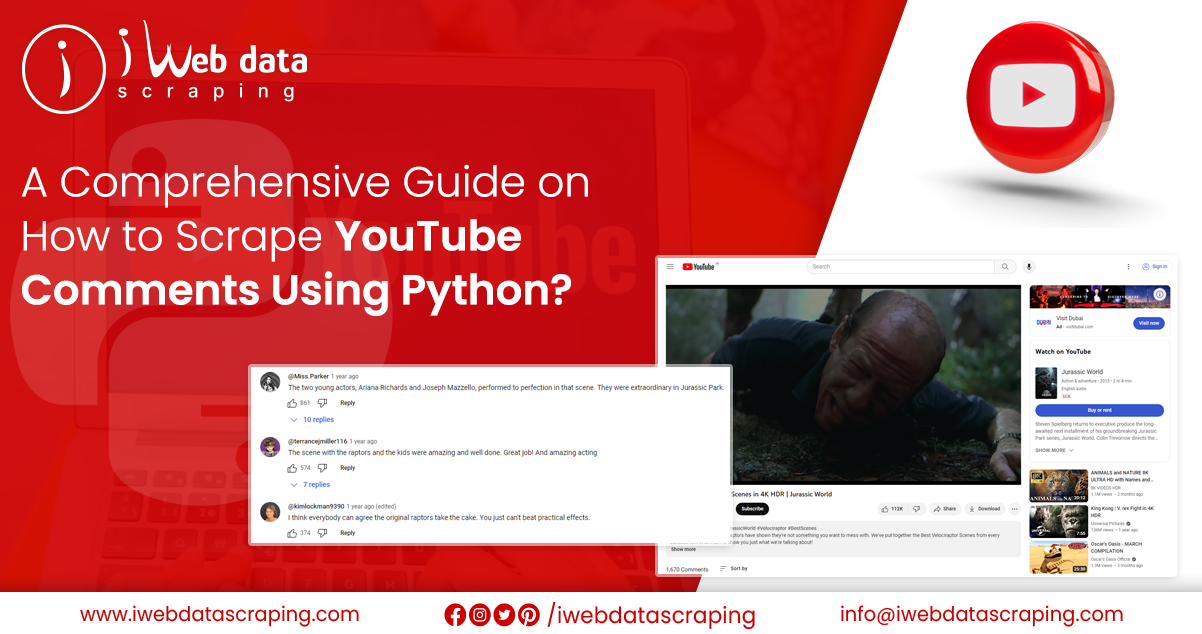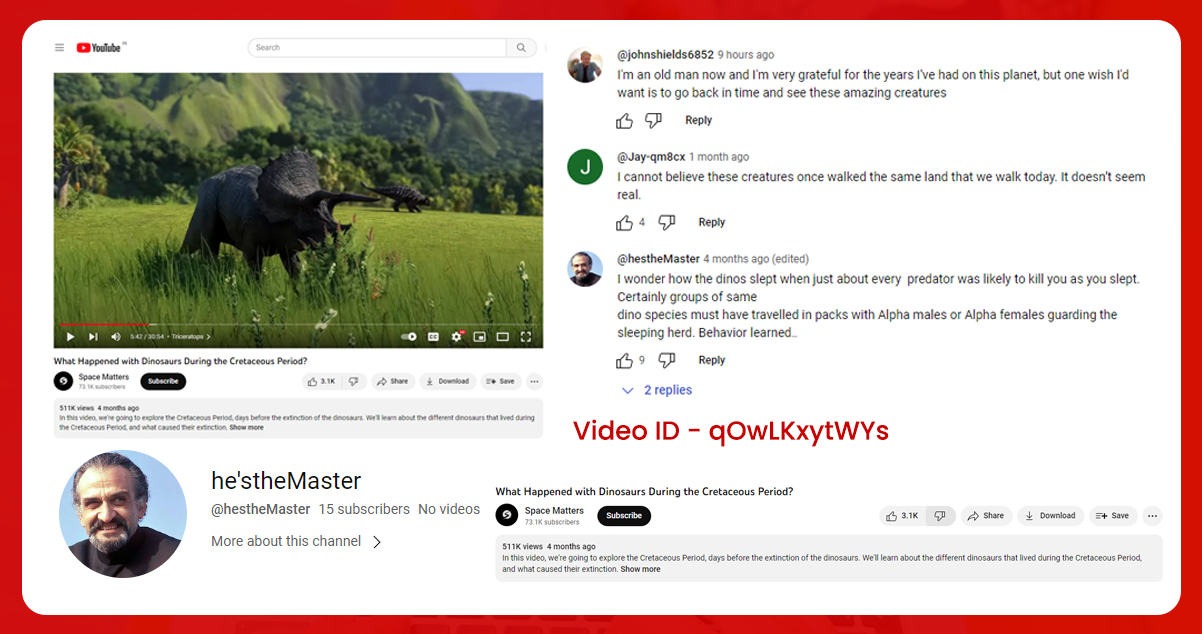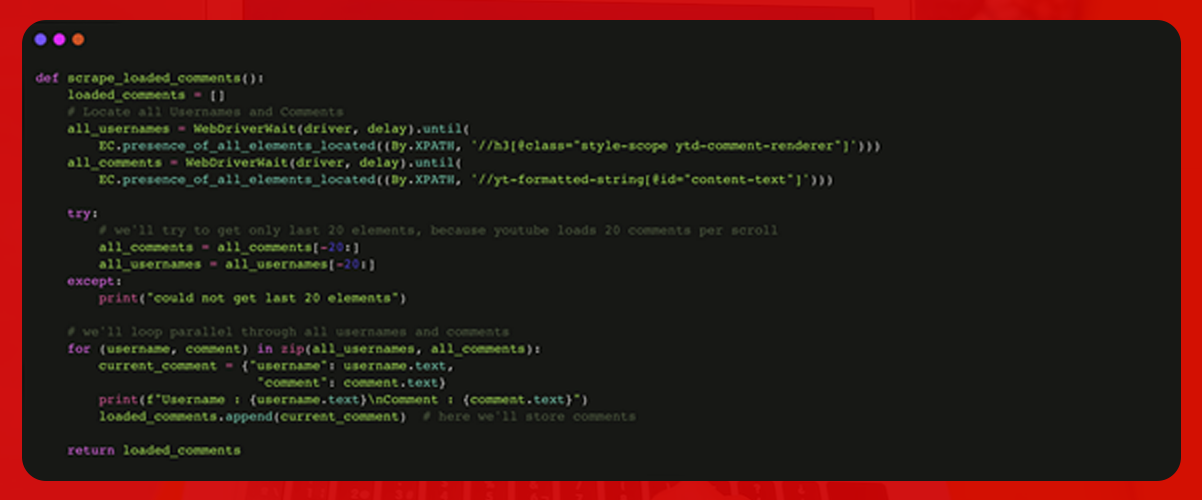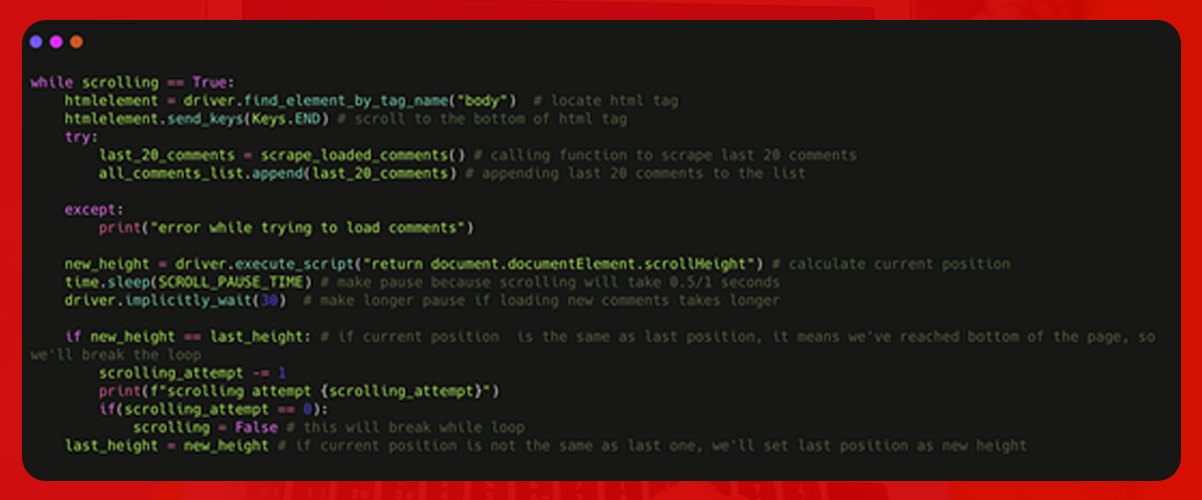

YouTube is a well-known online video-sharing platform that allows users to upload, view, and share videos. Three former PayPal teams- Steve Chen, Chad Hurley, and Jawed Karim, created it in February 2005. Google acquired YouTube in November 2006 for $1.65 billion, and it has since become one of the most visited websites.
Users can create their channels on YouTube and upload videos in various formats, including vlogs, music videos, tutorials, documentaries, and more. The platform provides various tools and features for video editing, customization, and optimization. Viewers can interact with videos by liking, commenting, sharing them, and subscribing to channels to receive updates on new content.
YouTube has significantly impacted media consumption, entertainment, and the internet culture. It has become a platform for content creators to reach a global audience and has given rise to many successful YouTubers and influencers. YouTube's algorithm suggests videos based on users' preferences and viewing history, making it a powerful platform for discovering new content.
Web scraping, or data extraction, is the process of extracting data from websites. It automatically collects data from web pages and stores it in a structured format. It has become one of the powerful tools for market researchers to quickly and easily collect large amounts of data. Several companies provide cutting-edge social media app data scraping services to extract valuable information from social media platforms.
YouTube comments are user-generated responses or feedback on videos uploaded to the YouTube platform. They provide a space for viewers to engage with the content, express their thoughts, ask questions, share opinions, and interact with other viewers and the content creator.
YouTube comments are available below the video player on the video's webpage. YouTube allows users to leave comments anonymously or through their YouTube channel or Google account. Users can write text comments, reply to others, and engage in conversations within the comment section. You must rely on professional that use advanced methodologies and tools to scrape YouTube comments.

Following are the data fields that are available on scraping YouTube comments:
One of the significant reasons to scrape YouTube comments is to stay updated and trendy in the respective industry. If you are willing to scale up your business, you must collect large amounts of data. The YouTube comments provide entirely new data that is only available in some places and aid more in comprehensive analysis. These comments are a valuable source for sentiment analysis, brand monitoring, tracking competitors, and several other purposes. The scraped data will help understand the user experience, customer pain points, other services, etc.
Leveraging the benefits of YouTube comment scraper, you can quickly and efficiently get essential data to help make informed decisions and boost your business.
Sentiment Analysis: Analyzing the sentiment of YouTube comments can provide an understanding of how viewers perceive and react to a particular video or topic. By scraping comments and applying sentiment analysis techniques, you can gauge the overall sentiment, including positive, negative, or neutral associated with a video. This information will help evaluate audience reactions and adjust the strategies accordingly.
User Engagement: YouTube comments serve as a platform for viewers to engage with content creators and each other. Scrape YouTube comments to assess the engagement, interaction, and community participation surrounding a video. This data will help in building stronger relationships with viewers.
Feedback: Scraping YouTube comments allows content creators to gather feedback directly from their audience. Analyzing comments can provide valuable insights into viewers' opinions, suggestions, etc. By understanding the feedback, creators can improve their content, address concerns, and enhance the viewing experience.
Market research: YouTube comments can be a rich source of market research data. By scraping comments related to specific products, brands, or topics, businesses can gain insights into consumer opinions, preferences, and experiences. This information helps identify trends, evaluate customer satisfaction, and inform marketing strategies.
We all know that YouTube does not load all comments at once. You must scroll to the page's bottom to load more comments. Hence, we use Selenium to automate the process of scraping YouTube comments using Python by writing a script to help scroll to the bottom of the page, scrape the newly loaded comments, and repeat the process if required.We will first install Selenium and Pandas by running the following commands:

The next step is to import the libraries, load the Chrome driver for Selenium, and initialize the variable.

Every time you scroll to the bottom of the page, YouTube loads 20 new comments. Hence, we will first create a function to locate all the comments and then scrape only the last 20 comments. Here we will scrape only the last 20 comments.

This function will find all usernames and comments from the comment section. We will scrape only the newly loaded 20 comments per scroll.
Then, we will loop the last 20 comments and usernames to create a dictionary to store usernames and comments. Lastly, the function will return the list with the last 20 comments. We will create a while loop to scrape the last 20 comments.

Here, we created a while loop that kept scrolling until the bottom of the page and then called the ‘function’ to scrape the last 20 comments on every scroll attempt. Then, we saved our new page position on the new_height variable and compared it with the last page position. It will help us to know if our script is still loading new comments or has reached the page end. As soon as it reaches the page bottom, we will break the while loop by setting the variable equal to False. Now, we will store all the data in the Pandas data frame.

Wrapping Up: Thus, scraping YouTube comments is the best option to understand the viewer's sentiment and use the data to optimize the content accordingly. It will help collect customer feedback and enhance your products and services
For further details, contact iWeb Data Scraping now! You can also reach us for all your web scraping service and mobile app data scraping needs